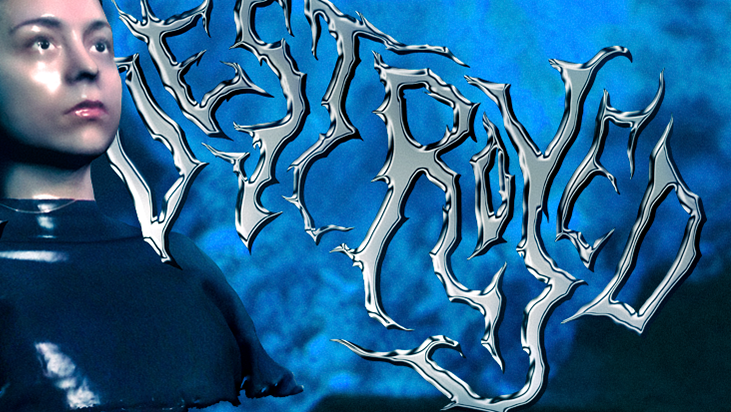SUB began with my interest in Generative Art practices. Embarking on this research I had little experience working with new media technologies. However, I had long been fascinated by art / science crossovers and found myself obsessively reading, and becoming increasingly concerned, about ethical challenges that arise due to the weaponisation of technology in everyday life. Such as, racial bias in facial recognition technology and crime prediction software (PredPol), or the misuse of sentencing models; algorithms that determine how long a criminal should be jailed. I set out to appropriate Generative Art techniques and apply them to dance and choreography. Entering into the research my primary goals were to simply: 1. Outsource my artistic decision making to a machine and 2. Explore and develop ways to use technology to dictate various aspects of a performance in real time.
Initial research questions included: How can a coded, non-emotional system create choreography? How can I, as a dance and theatre maker, thrive on technology that turns off human thinking? Can the use of autonomous digital systems on stage bring out the ‘authentic human’ in the performer? And notably, what are the consequences of unrestrained power? Notably, because the use of technology in this way is also a tool through which I can address issues that exist in social and political spheres. Issues such as centralised power, elusive systems of control and breaches of privacy. Next to using digital systems to generate material, a key objective was to research how to stage uncertainty. I wanted to construct a situation in which the computer would dictate my actions in real time, with the hope that it would force me to become truly present on stage.
I connected with Tharim Cornelisse, a sound composer and computer programmer. Tharim built a number of patches in Max/MSP and I began developing a series of ‘exercises’ that would use the Max/MSP software, as well as open source codes / existing computer programs, in various ways. The exercises use a combination of dance, text and visuals, with sound functioning as the communication device between myself and the computer. The first research residency I conducted was in CAMPO Ghent in June 2019, where I spent two weeks mapping out the first theoretical concepts together with Tharim. Following that, in July/August 2019 I worked in Dansateliers Rotterdam and CLOUD/Danslab Den Haag for an additional three weeks. And in December 2019 I was invited to spend four weeks developing the project in Dansmakers Amsterdam as part of the New Adventures program 2019/2020; Tharim also accompanied me there. We presented the research findings over two evenings in Dansmakers with a public audience.
THE SUB RESEARCH PROJECT WAS DEVELOPED INTO AN INTERDISCIPLINARY PERFORMANCE TITLED THE WOMAN DESTROYED
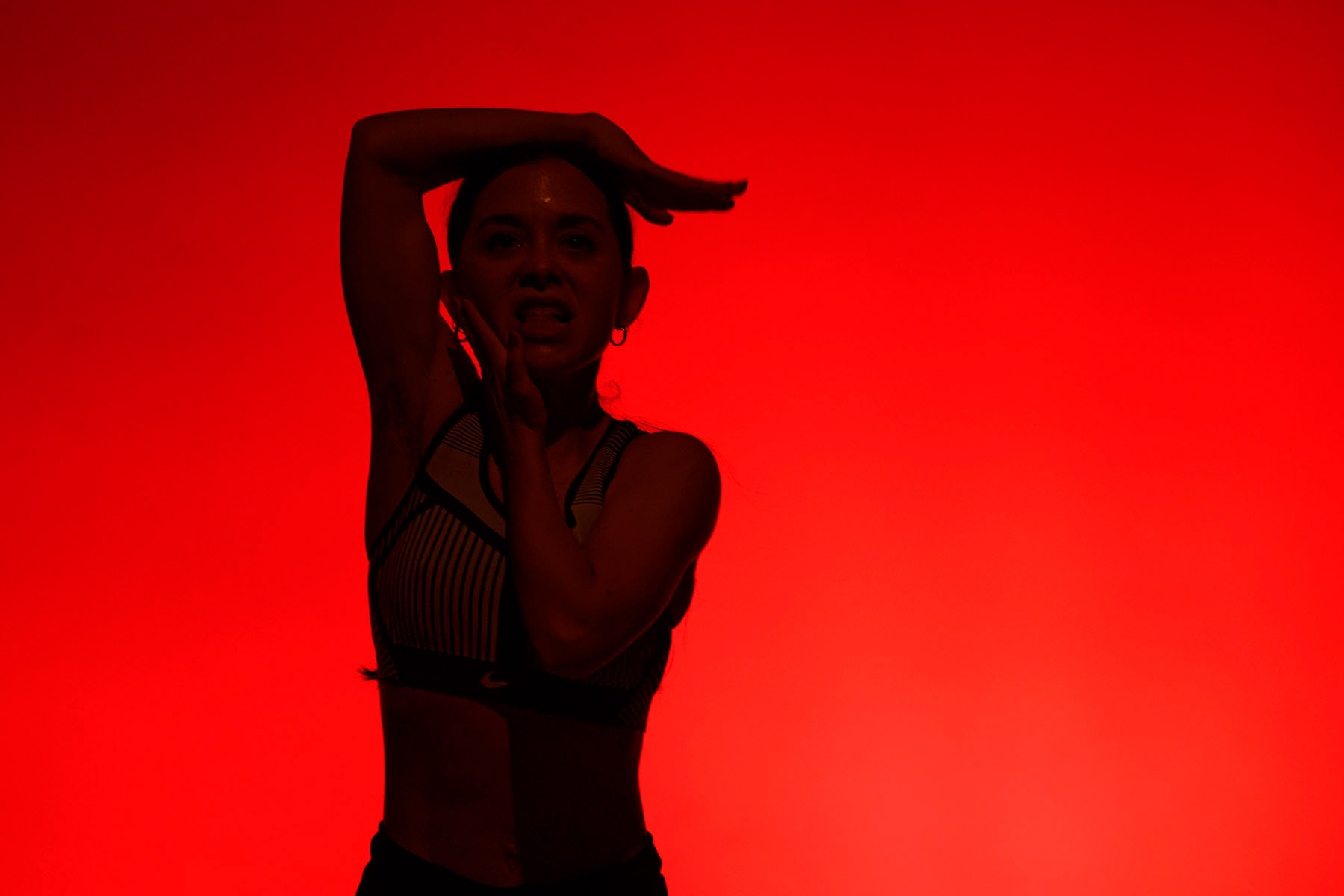
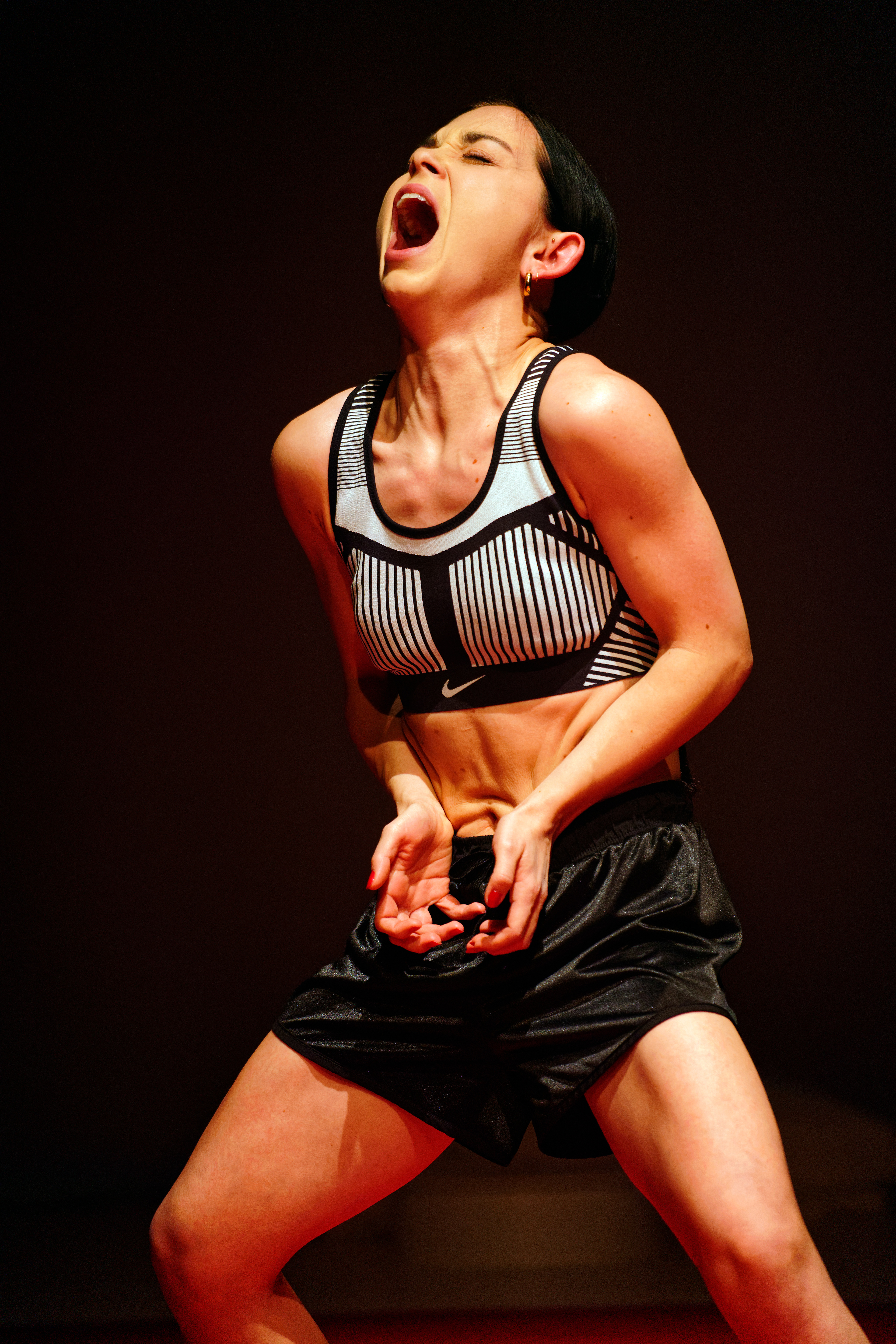
© Thomas Lenden
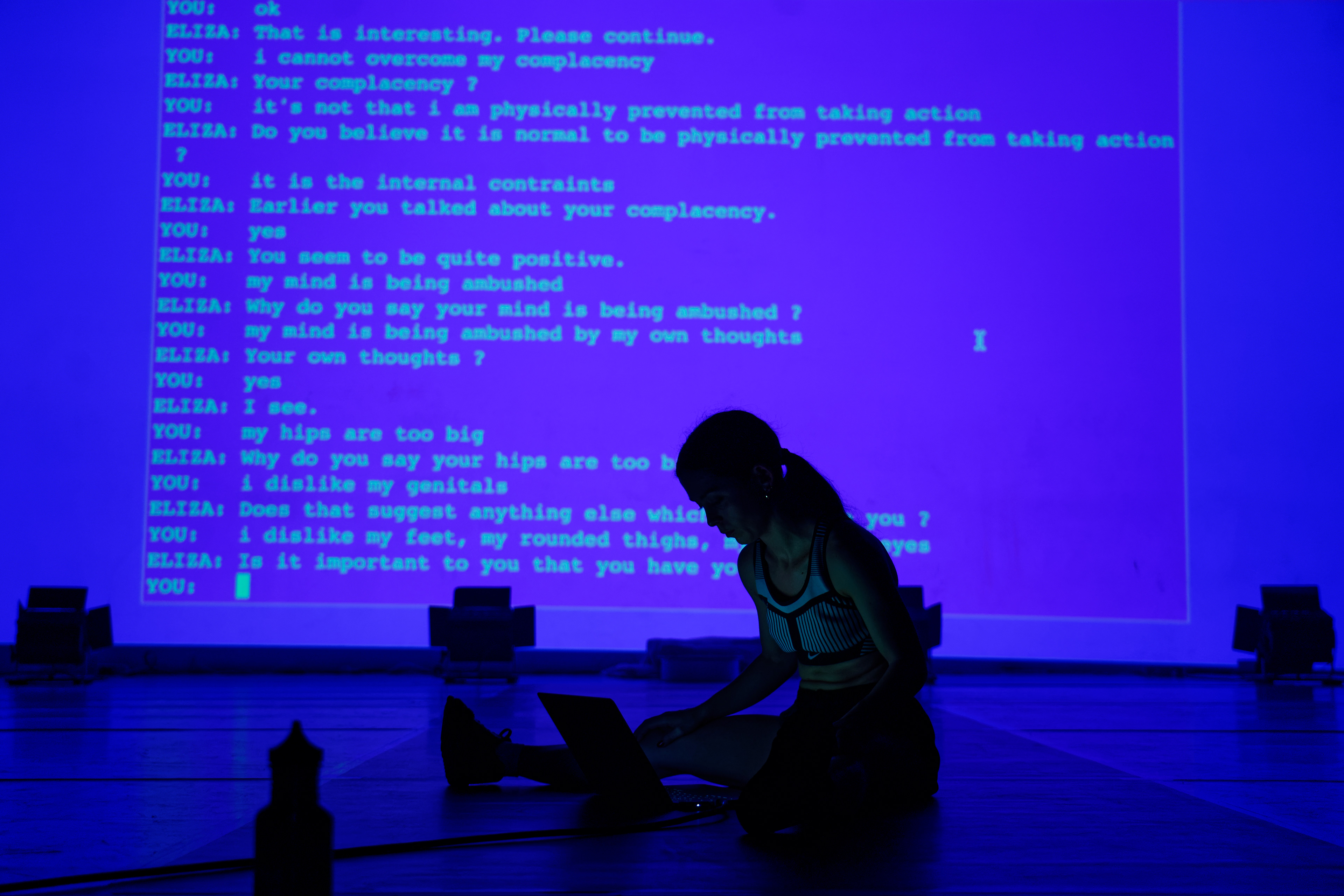
© Thomas Lenden
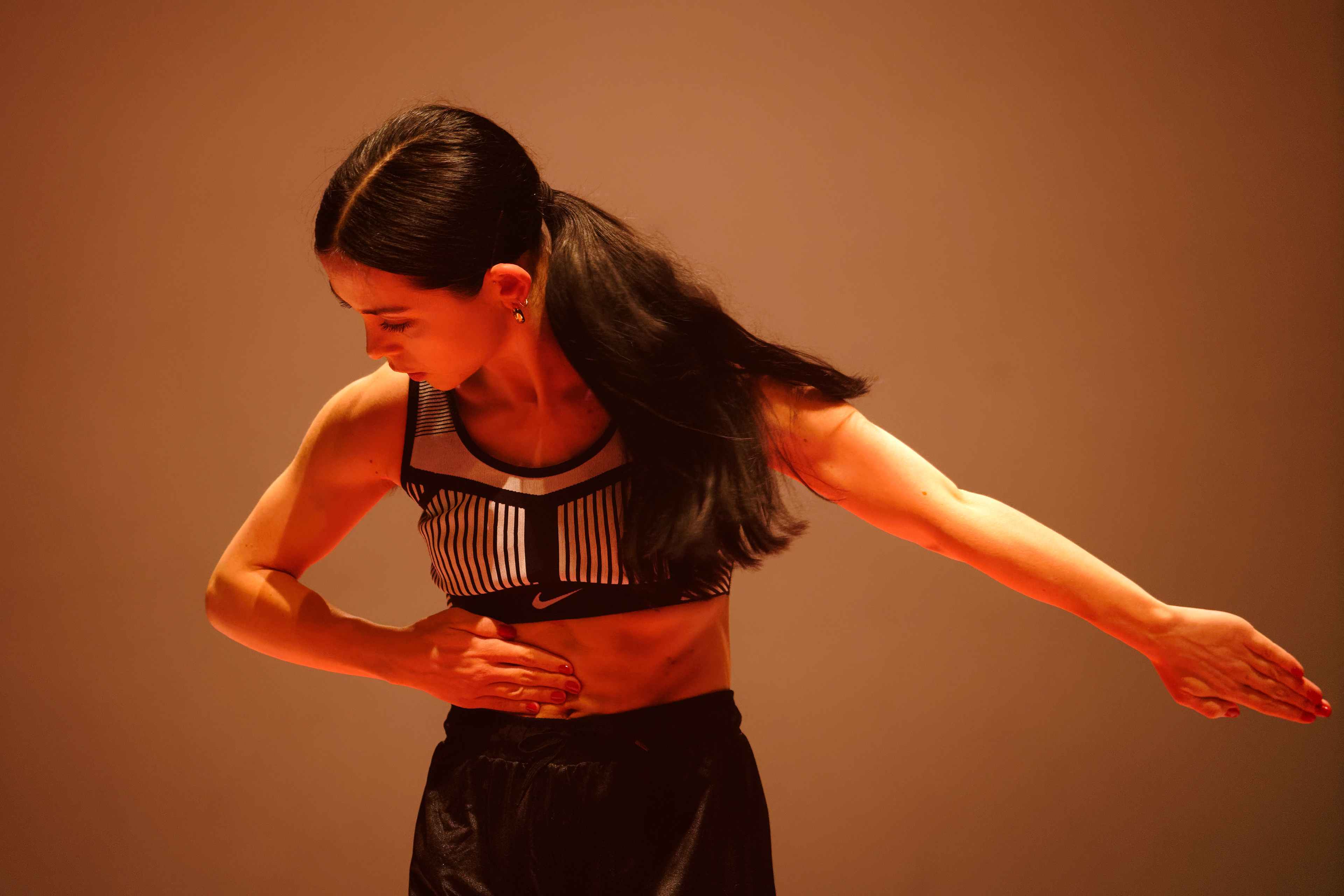
© Thomas Lenden
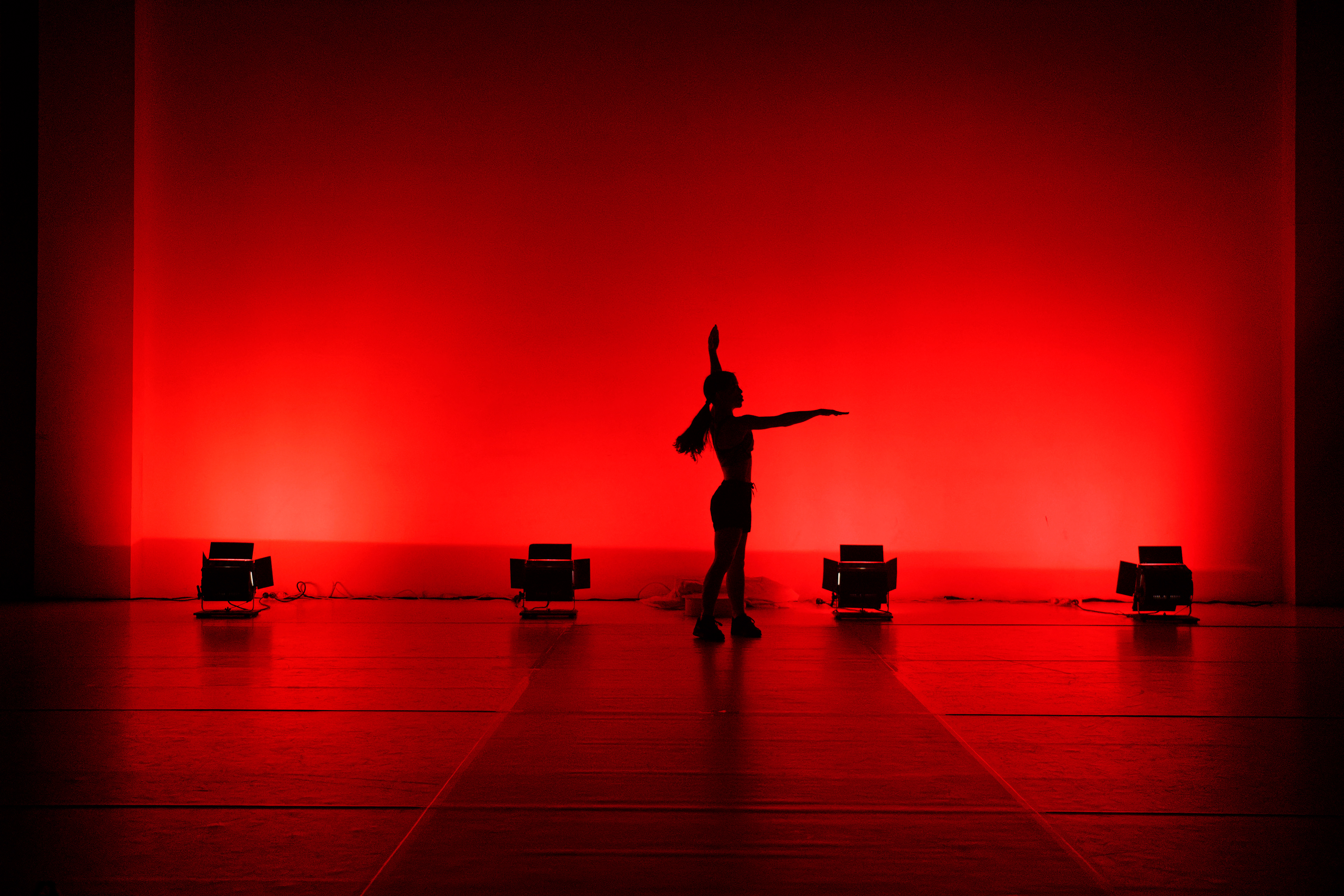
© Thomas Lenden
credits
CONCEPT, CHOREOGRAPHY & PERFORMANCE: Courtney May Robertson
SOUND COMPOSER / CODER: Tharim Cornelisse
LIGHTING DESIGNER: Arthur Duijzers
TECHNIQUE: Roary van der Oest
OUTSIDE EYE: Anne-Lise Brevers, Suzy Blok, Lara van Lookeren
POSTER DESIGN: Tharim Cornelisse
VIDEO & ONE MINUTE CLIP: Peter Franken
PRODUCTION: Evelien van de Sanden
MARKETING: Ruth Verraes
RESEARCH RESIDENCIES PROVIDED BY: CAMPO Ghent, Dansateliers Rotterdam, CLOUD/danslab Den Haag & Dansmakers Amsterdam
FINANCIAL SUPPORT: Dansmakers Amsterdam
SPECIAL THANKS: Bas de Geus, Jan Martens & Milou van Duijnhoven
SOUND COMPOSER / CODER: Tharim Cornelisse
LIGHTING DESIGNER: Arthur Duijzers
TECHNIQUE: Roary van der Oest
OUTSIDE EYE: Anne-Lise Brevers, Suzy Blok, Lara van Lookeren
POSTER DESIGN: Tharim Cornelisse
VIDEO & ONE MINUTE CLIP: Peter Franken
PRODUCTION: Evelien van de Sanden
MARKETING: Ruth Verraes
RESEARCH RESIDENCIES PROVIDED BY: CAMPO Ghent, Dansateliers Rotterdam, CLOUD/danslab Den Haag & Dansmakers Amsterdam
FINANCIAL SUPPORT: Dansmakers Amsterdam
SPECIAL THANKS: Bas de Geus, Jan Martens & Milou van Duijnhoven


